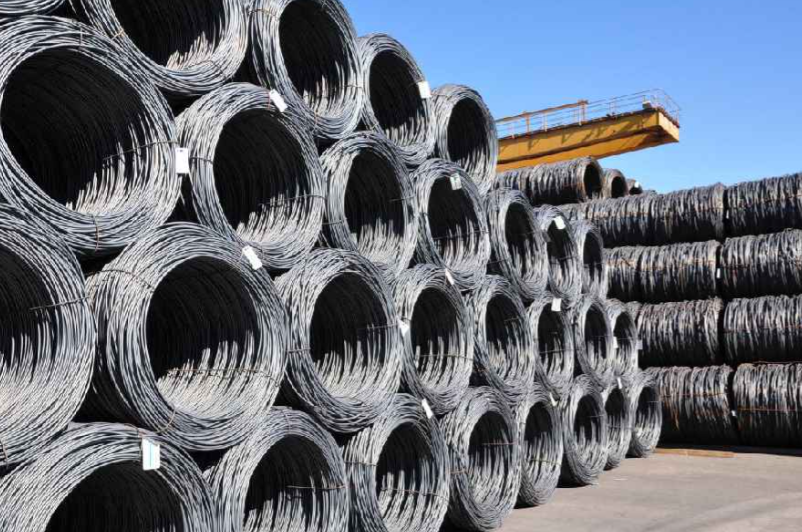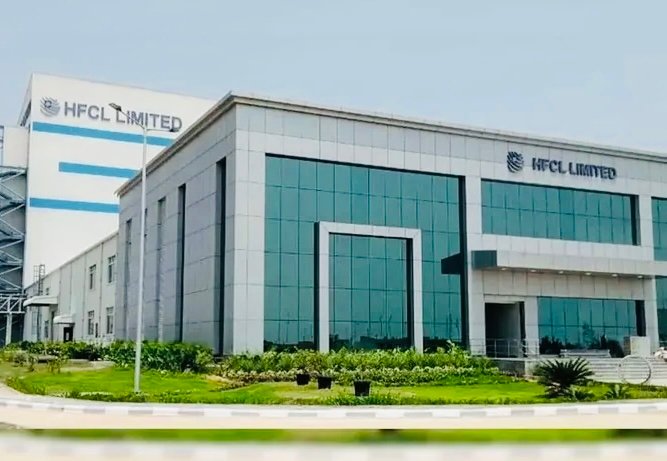With the US set to impose higher tariffs on steel and aluminum from June 4, industry and trade experts are urging India to broaden its ongoing bilateral trade agreement (BTA) discussions with Washington to include seeking relief from these levies.
The call comes after the Trump administration, in March, reinstated a 25% sectoral duty on these metals, prompting India to approach the World Trade Organisation (WTO), arguing it was a safeguard measure. The US, however, maintained the tariffs were for national security reasons under Section 232, not as a safeguard.
Adding to concerns, Trump then announced a doubling of these sectoral duties to 50%, a move that could significantly impact India’s $4.56 billion annual exports, particularly from the engineering sector.
Pankaj Chadha, chairman of the Engineering Export Council of India, emphasized the need to address these tariffs during the BTA negotiations. “The scope of BTA, as we understand, primarily focuses on reciprocal tariffs that are currently suspended. However, these sectoral tariffs are already in effect and are poised to double,” Chadha stated on Monday.
Experts suggest India has several options, including initiating a formal WTO dispute under broader GATT rules, challenging the Section 232 tariffs as disguised protectionism, or arguing that the US is misusing the national security exception. However, the latter carries risks given the US’s past disregard for WTO rulings on national security and the non-functional WTO Appellate Body.
Another proposed strategy is for India to impose its own retaliatory tariffs without WTO authorization, a tactic used by the EU, Canada, and China as a political signal. “We can convey that if the US withdraws concessions, India may also reconsider offering them,” Chadha suggested.
Ajay Srivastava, founder of the Global Trade Research Institute, echoed this view, advocating for a pragmatic approach that uses the BTA talks to find a negotiated solution. “India could achieve a resolution that addresses its concerns while avoiding the protracted and uncertain path of legal action or retaliation. This allows India to leverage its negotiating position to secure meaningful market access benefits without escalating the dispute through trade or legal battles at this stage,” Srivastava explained.
The US initially imposed a 25% tariff on steel and 10% on aluminum in 2018, leading India to retaliate with tariffs on 28 American products in 2019. While a temporary reprieve occurred in 2023 when the US agreed to exempt 80% of Indian items (by value), leading to India withdrawing its retaliatory tariffs, Trump reintroduced these tariffs in March and increased the levy on aluminum to 25%.



